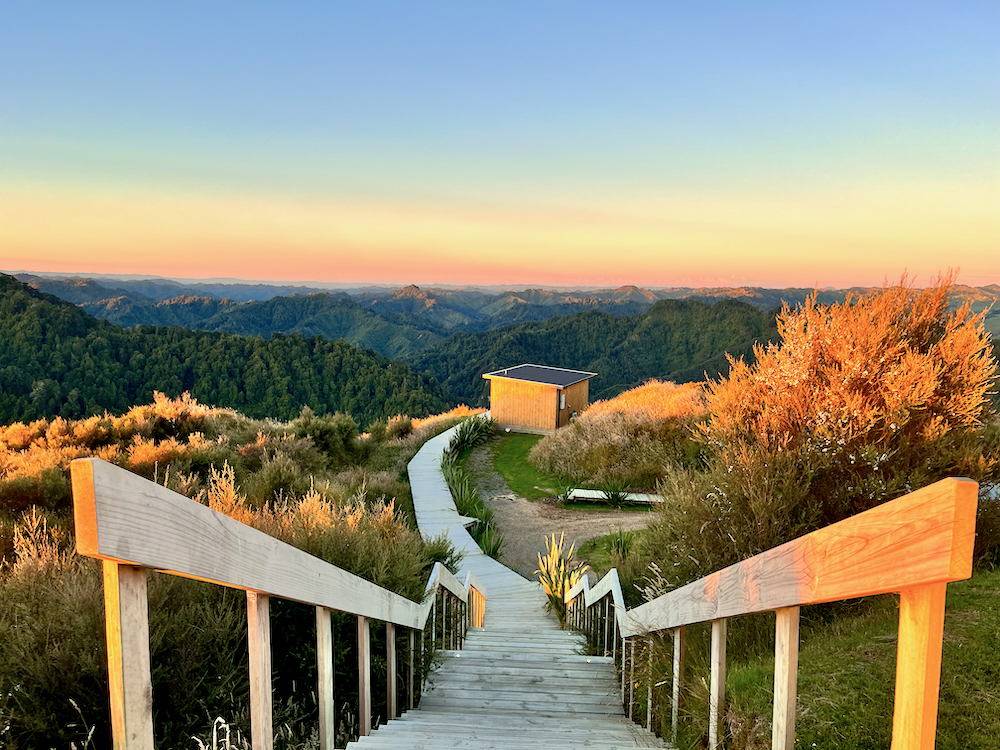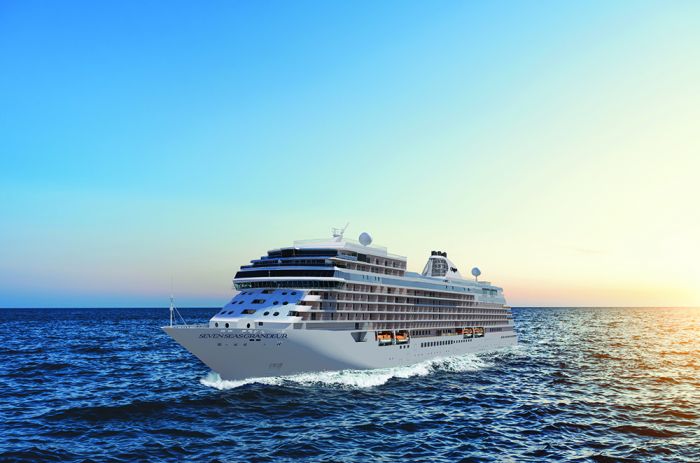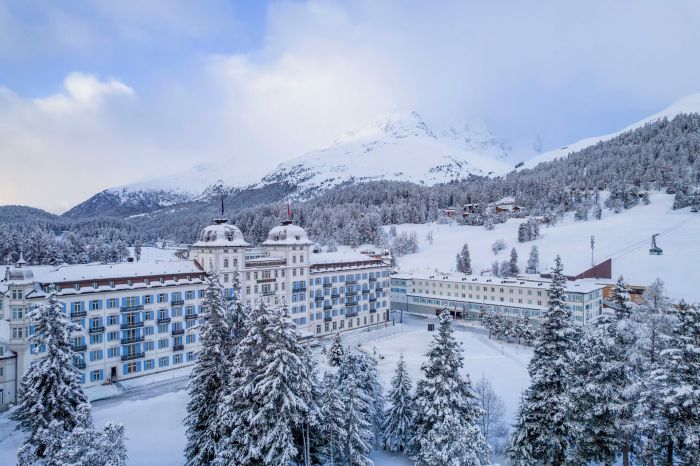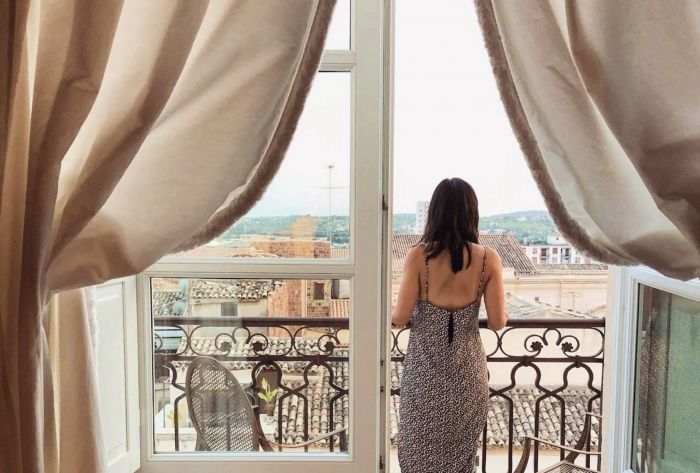
My latest Viking River cruise took place on the Elbe, a somewhat lesser known European river, that flows 678 miles through the Czech Republic, Germany and the North Sea. On this cruise, we saw central European destinations that had a historic brilliance as well as a profound darkness, powerful metaphors of the complex history of central Europe before and after World War II.
Prague is your first port of call, it lies on the Vlatava river, a tributary of the Elbe. Vlatava is also called the Moldau, and for those who know classical music, this river was the inspiration for Smetana’s symphonic poem of the same name. The Moldau flows under Prague’s famous Charles Bridge, the country’s oldest, which was built between 1357 and 1402. The bridge is built of sandstone blocks, flanked at each end by fortified towers that the Old Town with Lesser Town.
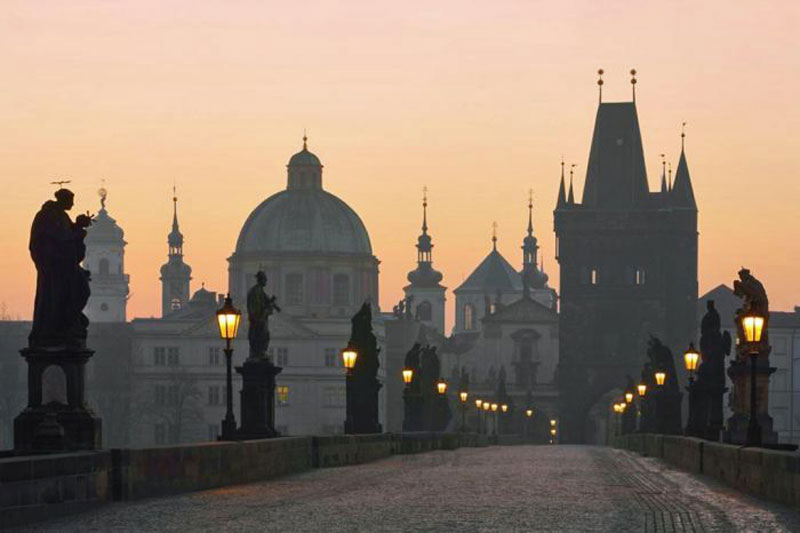
The bridge is also decorated with 30 Baroque statues of Saints, created in the 17th century and beyond. The most famous is the statue of St. John of Nepomuk, Confessor to the Queen. The story is, he would not disclose her confessions to the suspicious King, who finally had St. John thrown into the river, where he drowned. This was King Wenceslas IV, not the same one who was immortalized in the popular Christmas Carol.
Walking on the Charles Bridge on a Sunday morning, looking up at the saints, it’s easy to imagine famous writers and artists have also walked on this bridge. Names such as Franz Kafka, Egon Schiele, Alfons Mucha, Antonin Dvorak, Vaclav Havel, Milan Kundera, Rainer Maria Rilke, make this experience all the more meaningful.

After this stop, you’ll travel to the Old Town square, where the Prague Astronomical Clock sits on the wall of Old Town Hall. It is composed of three parts: the astronomical dial, representing the position of the Sun and Moon; "The Walk of the Apostles,” an hourly, moving depiction of the Apostles; and a calendar dial with medallions representing the months. The oldest part of the clock dates back to 1410, as the first recorded mention of it was on October 9, 1410.
But Prague is not all ancient history, it must also be mentioned that the city’s reputation as being a beer capital of Europe is unquestioned. According to Condé Nast Traveler, the Czechs consume more beer (36 gallons per citizen, per year) than the Irish, English, and Australians, who rank 4th, 5th and 18th, respectively. And then there is the Lennon Wall dedicated to the memory of John Lennon, with lyrics from his songs and colorful graffiti-like images. Ancient past and lively present merge.

As with most Viking River cruises, there is a choice of many activities at each port, and the concierge books reservations for guests at restaurants, museums, castles, and other area-specific destinations. We had a choice of seeing the quaint city of Lito, where there would be beer sampling among other activities, or traveling to a concentration camp called Terezin on the outskirts of Lito. We chose the latter.
It was a profound and deeply moving experience. For many on our trip, it brought up sadness, anger, and a feeling that troubled spirits still reside there. Here you’ll find isolation rooms, dark tunnels, and a vast cemetery where both the Christian cross and the Star of David exist. Durable symbols of respect and remembrance, many graves were covered with stones as is common in Judeo and Christian traditions.
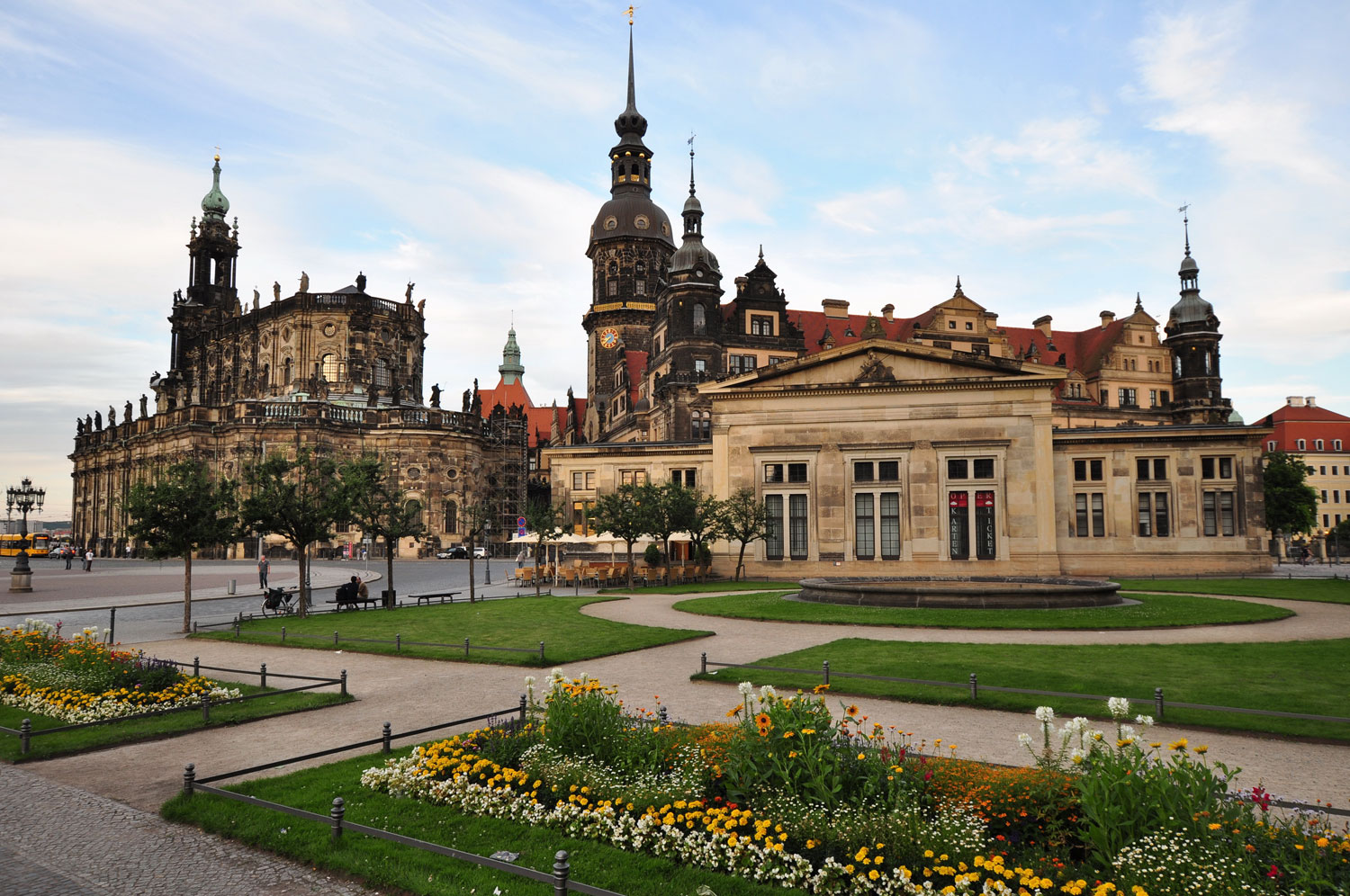
Next, passengers will head to Dresden, which was firebombed in February of 1945, and Kurt Vonnegut’s novel Slaughterhouse Five describes it in detail. Today is a rebuilt, beautiful city, and is called the Florence of the Elbe. Among its more notable sights is the restored Royal Palace, also called the Dresden Castle. In this vast museum is the famous Green Vault that houses one of the largest European collections of art in the world. It is also a showcase for the 41-carat Dresden Green Diamond. This nearly flawless apple-green gem from India is the largest of its kind in the world. We also had the great opportunity to see the famous Semper Opera House and a contemporary German opera.
For those of you who love to drink tea and coffee from expensive porcelain cups, you’ll love docking at Meissen. Founded in 1710, Meissen porcelain was always considered an ultimate symbol of luxury, and going to the Meissen Porcelain Manufactory is a multi-dimensioned experience. It includes an art studio, a Privé room for high-end sales and consultation, a showroom, and an area where guests can see the artists paint the porcelain. There is also a restaurant, where Meissen porcelain is used. The experience is a lesson in porcelain luxury, where each Blue Onion dinner plate on sale, costs around USD $221 each.
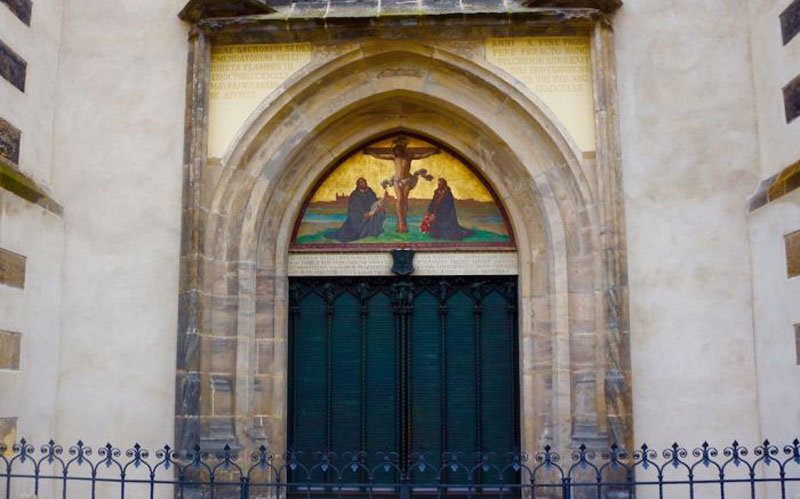
Moving on to Wittenberg, it was there that on Halloween 1517, Martin Luther tacked his 95 Theses of Contention on the church door of the Wittenberg Cathedral. His declaration accused the Roman Catholic Church of heresy, and that act started the Protestant Reformation. This ensuing religious revolution broke from the Catholic Church, and allowed Protestant faiths to grow and thrive. It also created the Counter-Reformation within the Catholic Church.
On the last leg of the trip, a Viking shuttle will escort you to two historic stops: Potsdam and Berlin. These destination helped define the Germany we know today. Potsdam seems to have a remarkable history of past and present, symbolized by two palaces, the Sanssouci and the Cecilienhof.
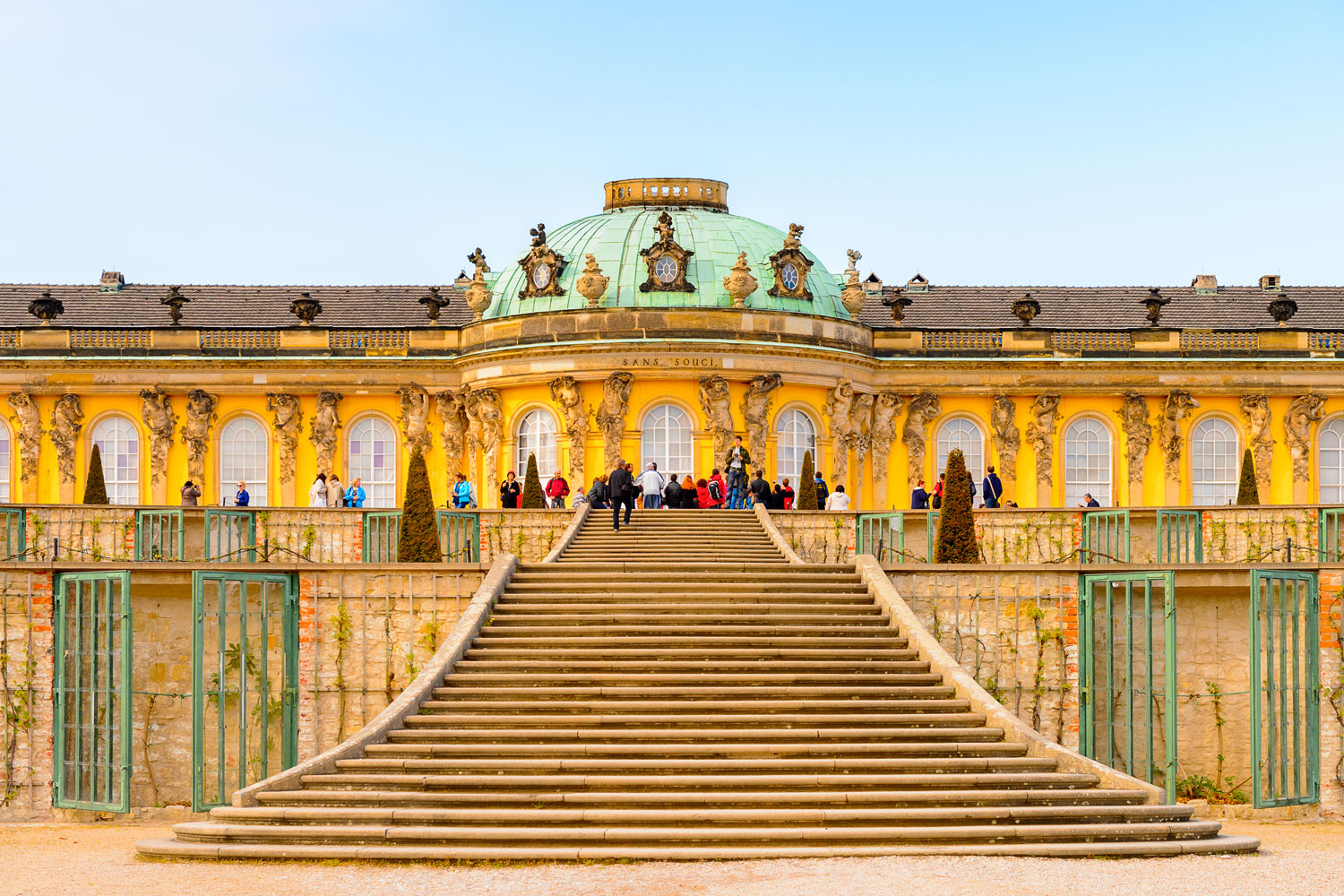
The Sanssouci was the former Summer Palace of Frederick the Great, King of Prussia from 1745 to 1747. When he was alive, he wanted to cultivate plums, figs and grapes in this area, so in 1744, he had a terraced garden designed. And, due to the beautiful views, and his love of nature, he decided this would be the location of his Summer Palace. The Cecilienhof Palace, which was the location of the Potsdam Conference from July 17 to August 2, 1945, is where the allied leaders (Truman, Churchill, Attlee and Stalin) met to decide the future of Germany and postwar Europe in general. It is now a hotel and conference center.
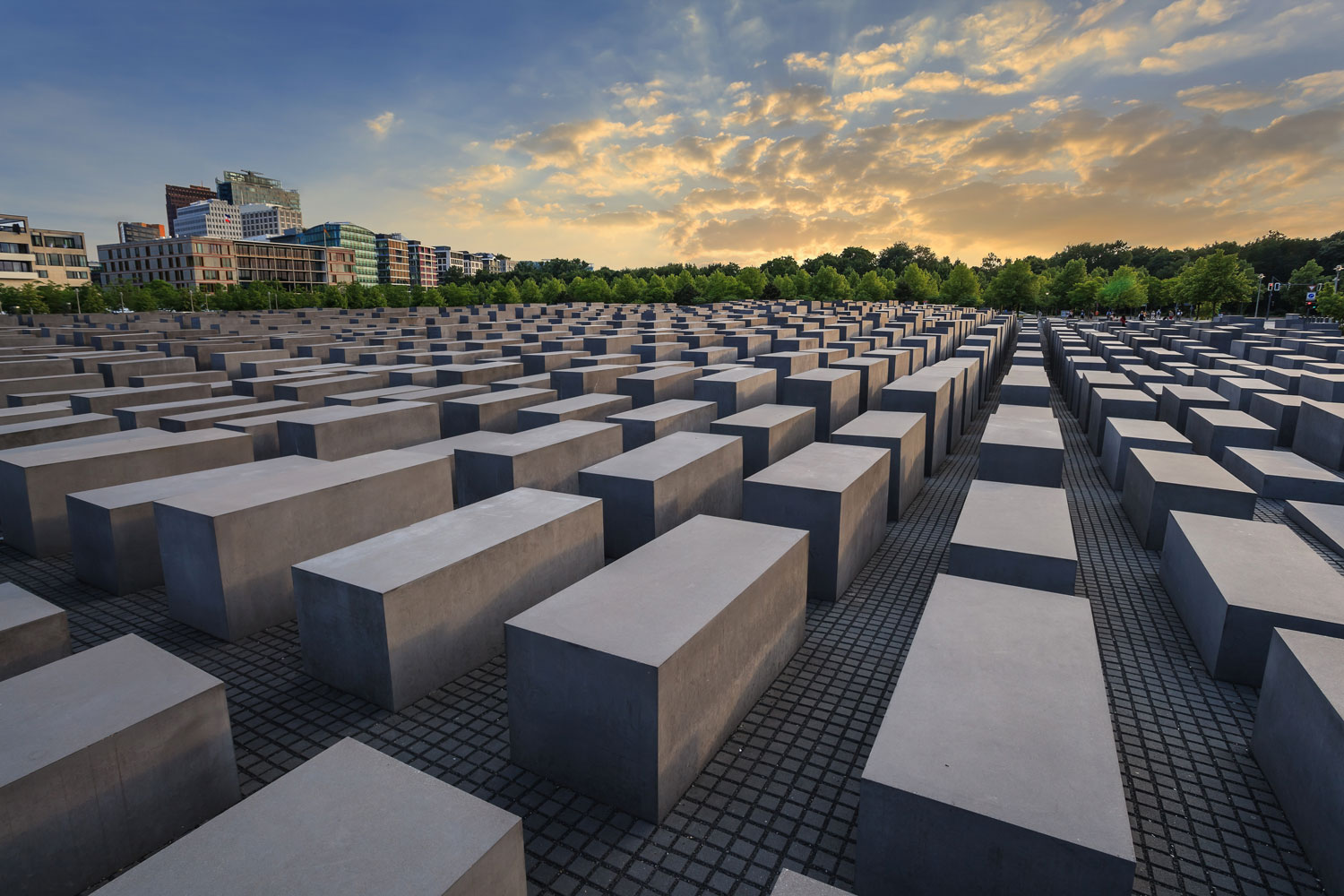
The final destination is Berlin, where you’ll explore the Holocaust memorial, south of the Brandenburg Gate. It was inaugurated on May 10, 2005, 60 years after the end of World War II, and opened to the public two days later. It is a unique, disquieting experience, and according to the architect, the stones are designed to produce an uneasy, confusing atmosphere, and represent a supposedly ordered system that has lost touch with human reason. The design represents a diffuse approach to the traditional concept of a memorial.
If there was a guiding principle, or TAO, to your Elbe travels, it might be that your memories of these destinations define the dark and light of European history. On this memorable cruise, past and present intertwined and engaged, you’ll discover the best experiential education that river travel provides.











